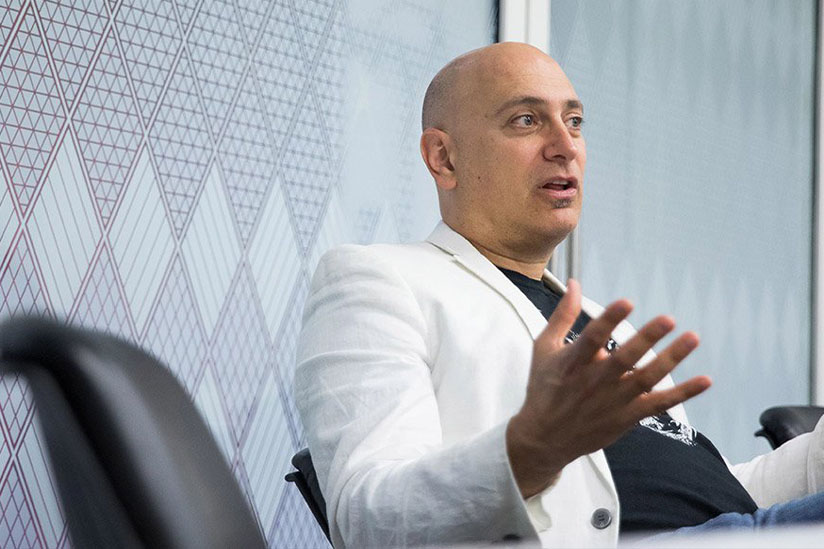Long before they were called influencers, they were bloggers, and before they were bloggers, they were market mavens.
“Influencers are as old as the internet and social media,” said Robert Kozinets, Jayne and Hans Hufschmid Chair of Strategic Public Relations and Business Communication. “As soon as people started getting the tools, they started to share ideas about lots of things, including products and services with each other. Since then, influencers and content creators have profoundly impacted business and culture.”
Kozinets has been studying how individuals have been creating content for virtual communities, talking online and connecting with unique audiences for more than 20 years. He co-wrote Influencers and Creators: Business, Culture and Practice (Sage, 2023), which now serves as the primary textbook for his PR 426: Influencer Relations course.
The course delves into the way today’s influencer ecosystem is being created, extended, altered, and managed. Topics like cancel culture, fear of missing out (FOMO), influencer stalking and the ability to provide creative and impactful product and service recommendations are covered in the first half of the course. The second part examines the campaign development, implementation, and measurement behind influencer relations.
“It’s a very full field and a rapidly changing industry,” Kozinets said. “But there’s a lot of misunderstandings because there’s not a lot of good education about how technology, people and businesses interact in the real world. A lot of it assumes that people can be corralled and herded using technology, rather than recognizing that there’s a lot of give and take and empowerment of people that also happens.”
